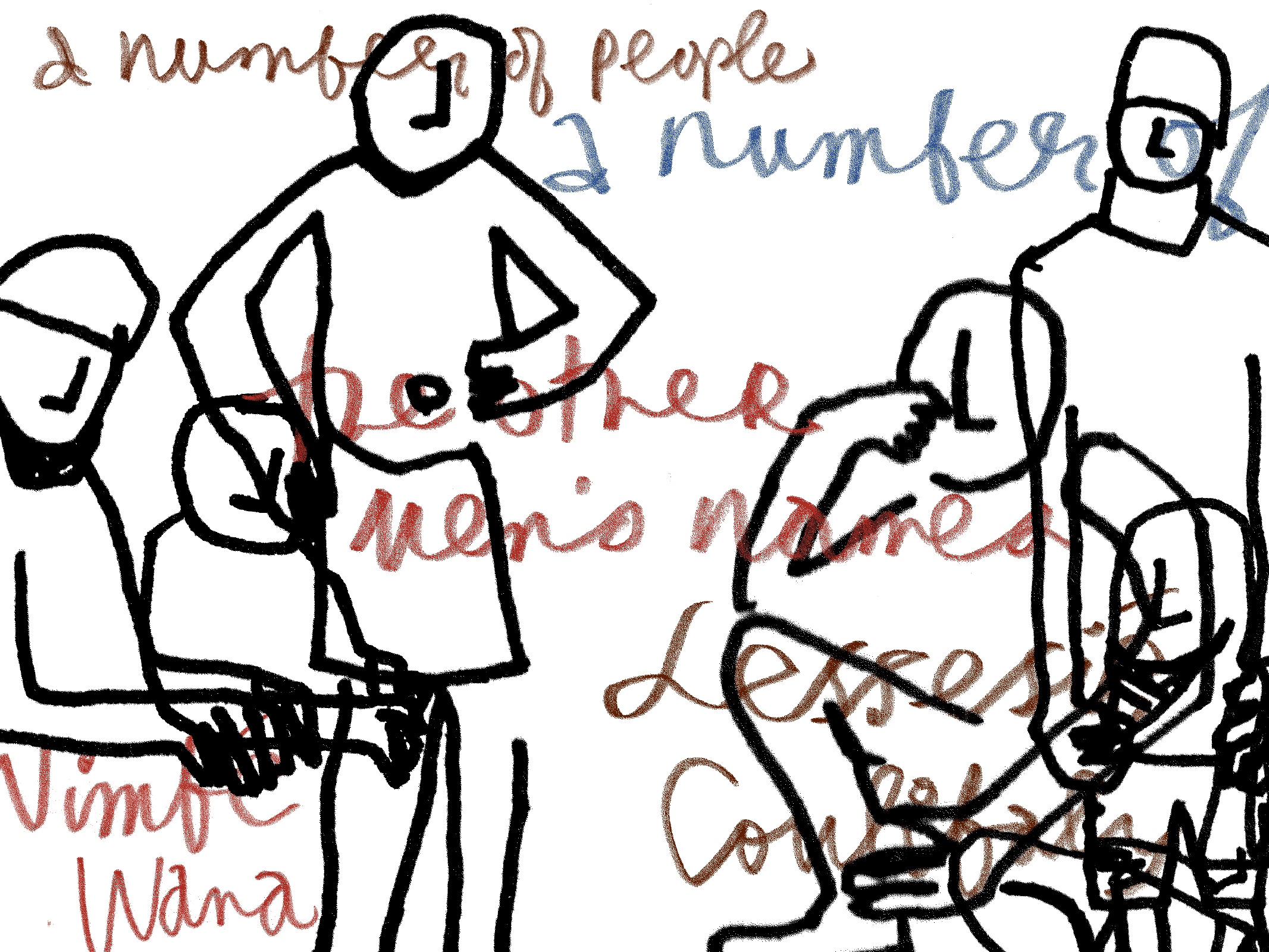
Mark Addison Smith. Hand-rendered design possibility for the digital publication presented in Mood Boards + Design Experiments for Mapping Senufo. 31 January 2020.
In August 2020, we outlined a set of key ideas guiding our project. The key ideas remain the same, although our thinking about them has shifted as we have continued to develop our project and as the world has also changed.
Susan Elizabeth Gagliardi and Constantine Petridis
10 May 2025
© 2020 Mapping Senufo, Emory University. All Rights Reserved.